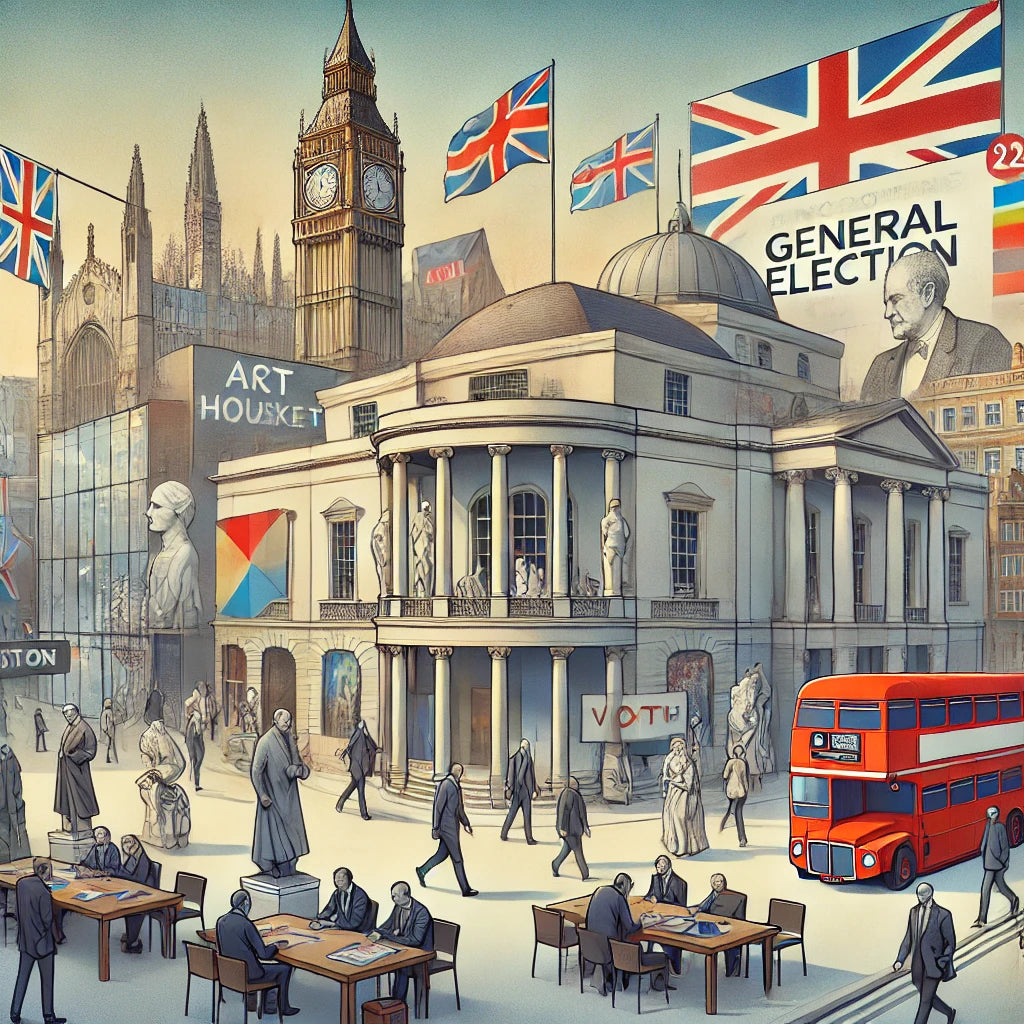Acrylic painting, a painting executed in the medium of synthetic acrylic resins. Acrylics dry rapidly, serve as a vehicle for any kind of pigment, and are capable of giving both the transparent brilliance of watercolour and the density of oil paint. They are considered to be less affected by heat and other destructive forces than is oil paint. They found favour among artists who were concerned about the health risks posed by the handling of oil paints and the inhalation of fumes associated with them. Because of all these desirable characteristics, acrylic paints became immediately popular with artists when they were first commercially promoted in the 1960s. Notable 20th-century artists who used acrylic paint include Pop artists Andy Warhol and Roy Lichtenstein, Op artist Bridget Riley, colour field artists Mark Rothko, Ellsworth Kelly, and Barnett Newman, and British artist David Hockney. Source: Britannica
HERE’S A GUIDE TO ACRYLIC PAINTING TECHNIQUES FOR BEGINNERS — INCLUDING BRUSHSTROKES, MIXING COLORS, AND MUCH MORE — THAT YOU CAN CONSIDER YOUR PERSONAL CRASH COURSE.
Techniques for Paint Application
The beauty of acrylic paint is that it can look totally different depending on how you apply it. The more you experiment, the better it gets!
Drybrush
When you apply straight-outta-tube paint to a canvas using a dry brush, you’ll create a strong stroke of color on the page. Your lines will be uneven (because there’s no water to soften the edges), but dry brushing can give you a purposeful painterly effect.
Washing
If you water it down enough, acrylic acts a bit like watercolor! You can use the diluted paint to apply translucent washes on your surface. But unlike watercolor, the acrylic paint will set permanently. Try mixing the wash and dry brush methods — you’ll end up with plenty of textures in a single piece.
Stippling
This common drawing method can be used with paint, too! Just add a mass of tiny dots to create a shape or texture with subtle variations in color.
Splattering
It doesn’t get more fun than this! Using a fairly wet brush, you can flick or splatter paint onto a work surface for an uneven splatter effect. It’s fantastic for creating an abstract landscape or a starry night or for just adding texture to a piece.
Dabbing
Think of dabbing like very artistic sponge painting: Using the corner of a sponge or even a piece of paper towel, dab on accents of color. This creates a texture that can’t be replicated with any other applicator.
Palette Knife
Applying paint with a palette knife is an instant way to make your work look painterly. And since it’s no different from spreading frosting on a cake, even beginners can do it. Simply use the palette knife to scrape up a bit of paint and apply it to your work surface — you’ll get the hang of it pretty quickly.
If you want to get even more creative, try adding some gel medium to your paint and playing around with different household objects to add fun textures to your work.
Detailing
If you’re after sharp, realistic details, you’ll need a small, fine brush to carefully paint them in. If this kind of realism is your jam, our lessons in narrative portraiture give a deep-dive on techniques.
5 REASONS WHY YOU SHOULD TRY PAINTING WITH ACRYLICS INSTEAD OF OILS
For many artists, the idea that acrylics belong in a kindergarten classroom rather than an established painter’s studio begins in art school. Professors have been known to drill art students with unspoken rules like “don’t paint a large sculpture red,” “don’t put a circle in the middle of a composition,” and “serious painters use oils, not acrylics.” This final generalization, passed down from one pompous painter to the next, is, in many ways, a grave misfortune.
YOU ONLY NEED A FEW SIMPLE TOOLS
Acrylics are not a high-maintenance medium. While you’ll need many (at times expensive) supplies to begin oil painting (paint, solvents, mediums, brushes, rags, gesso, canvas or board, and a ventilated space), you need just four simple tools to get started with acrylics: the paint itself, a brush, a cup of water, and a surface (commonly known to artists as a support).
YOU CAN CONTROL ITS CONSISTENCY AND TEXTURE
One of the most significant aspects of acrylics is how malleable they are. If you incorporate a medium––an additive that thins or thickens your material––acrylics can take on the qualities of other paints. For example, if you add an acrylic retarder with your paint, it will decelerate the drying time so that it acts more like an oil-based paint. You can also add mediums to make your acrylics crackle, shimmer, or dry even faster.
ACRYLICS ALLOW YOU TO PAINT ANYWHERE
You’ve probably heard stories about artists who are so committed to painting that they used their bedroom as their studio. But one of the most costly aspects—for both your finances and your health—is that oil paints require a ventilated area. Oil-based paints carry many hazardous health concerns, and if there’s no ventilation, solvents like mineral spirits and turpentine fill the air with fumes. So, if your budget is too tight for a ventilated studio space, or if you simply want to paint in your kitchen or living room, acrylics are a great option.
ACRYLICS DRY FAST, SO YOU CAN LAYER COLORS QUICKLY
One of the reasons Hockney was so attracted to acrylic paints was because of how quickly they dry—you can put down a layer of acrylic paint, and in a few hours, it’s dry enough to put down another layer. For his flat depictions of arid landscapes, Hockney exclusively used acrylics, because their matte quality and fast drying time allowed him to rapidly layer bright hues, without muddying his colors.
YOUR PAINTINGS CAN BECOME SCULPTURAL
Another malleable aspect of acrylics is their ability to take on three-dimensional form. “An oil paint, watercolor, or wax-based paint’s purpose is to be stuck to a surface and remain on that surface,” explained Tauchid, “whereas an acrylic can be peeled off of a non-stick surface and used as a soft sculpture material, so it surpasses the realm of paint and goes into the realm of sculpture and collage.”
Source: https://www.artsy.net/article/artsy-editorial-5-reasons-painting-acrylics-oils
Suggested post: https://lensof.life/mental-health-by-art-therapy/







